Big data is a vast body of information that is continually expanding. These books may assist us in learning more about the subject’s many facets.
Our team chooses these books based on their business value, popularity, ratings, and relevancy. Now, check out the list provided below!
1. The Enterprise Big Data Lake
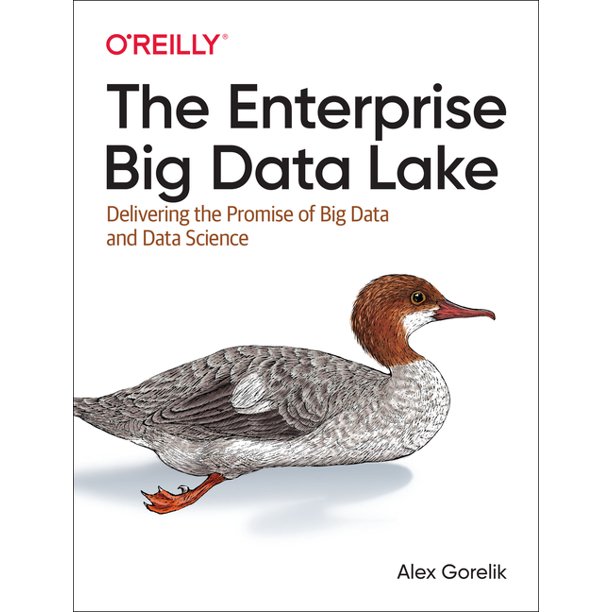
Specification
- Author: Alex Gorelik
- Language: English
- Print length: 224 pages
- Publish date: 2019
Today’s Best Deals: View on Amazon
Reason To Buy
- Plain and understandable writing style
- Author’s actual data perspective and other business leaders
- Provide knowledge about big data, data warehousing, and data science
Review
The Enterprise Big Data Lake covers Alex’s outstanding expertise and actual data perspective. He also invited other business leaders to share their unique views and expertise.
Anyone at any level can read this book because the author has a very plain and understandable writing style. The book introduces the reader to big data, and all the different alternatives businesses may pick to develop the best data lake for their organization.
In summary, this book does a great job of laying out ideas and methods for extensive data. I gained a better grasp of the field and how to design and eventually manage big data inside a business.
2. Big Data in Practice
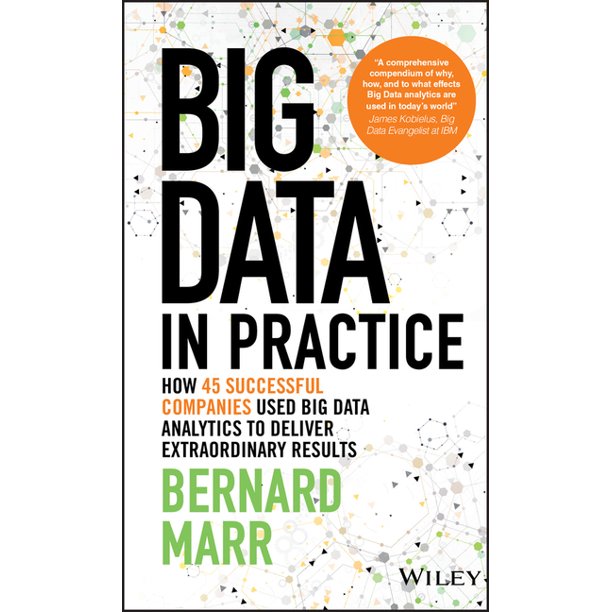
Specification
- Author: Bernard Marr
- Language: English
- Print length: 320 pages
- Publish date: 2016
Today’s Best Deals: View on Amazon
Reason To Buy
- Big data applications in 45 companies
- Basic knowledge for newbies
Review
The book offers a summary of analytics and big data applications that are useful in both the public and business sectors. The author clearly describes the numerous applications of analytics and big data.
Insights into how large tech businesses use the book provide data. The author compiled 45 practical examples showing how the company used big data.
I enjoyed this book overall, although there was little detail. It is a good description, but it needs to go into more detail to convey what each group was attempting to accomplish.
As a starting point for the numerous uses of big data, I suggest this book to anyone unfamiliar with it. This book needs more information for individuals who wish to go further yet already have experience in the field.
3. Data Science and Big Data Analytics
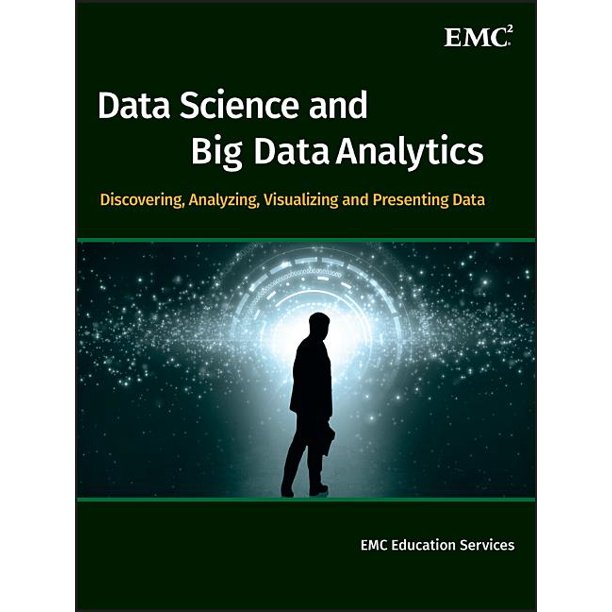
Specification
- Author: EMC Education Services
- Language: English
- Print length: 432 pages
- Publish date: 2015
Today’s Best Deals: View on Amazon
Reason To Buy
- Perfect reference for any project
- A variety of tasks, techniques, and tools
- The material to get the certification as Data Scientist
Review
This book is for you if you want to understand what Data Science is all about.
This book, written by a qualified team from EMC Corporation, covers all the material needed to get the certification as Professional Data Scientist.
Big data analytics aims to utilize the power of data for fresh insights. The book covers a variety of tasks, techniques, and tools employed by data scientists.
The curriculum emphasizes ideas and applications you can use in any industry or technological environment. You can use open-source software to duplicate the examples that assist and clarify the learning.
Overall, it’s an excellent book for finishing the Dell EMC Proven Professional Course in Big Data Analytics. It makes a perfect reference for any project involving data analytics.
Although the book contains many excellent and accessible R code examples, you must learn R before reading this book. I’m a Python user. Thus I would have liked to see more Python examples.
4. Spark: The Definitive Guide
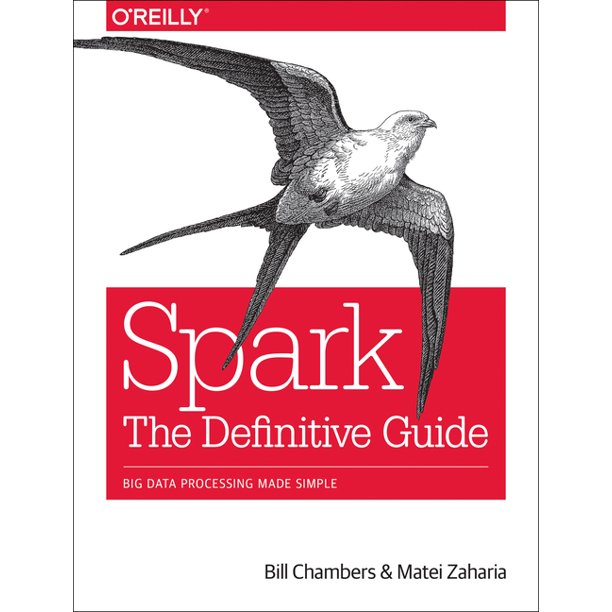
Specification
- Author: Bill Chambers
- Language: English
- Print length: 603 pages
- Publish date: 2018
Today’s Best Deals: View on Amazon
Reason To Buy
- Practical examples
- Advanced subjects, including Spark fundamentals
- Knowledge about SQL API and Spark DataFrame
Review
This book provides in-depth coverage of advanced subjects, including Spark Fundamentals, with several practical examples.
Anyone with a foundation in SQL and some programming knowledge may put these examples into practice in actual applications.
An overview of Spark is given in the first section of the book. As a new user, this is quite helpful. The second section covers the SQL API and Spark DataFrame. It also uses the RDD API, machine learning, deployment, streaming, and tweaking.
The majority of significant ideas found in the most recent Spark edition are covered in this book. It includes several examples in Python, Scala, and structured streaming.
The samples are almost flawless. I appreciate the writers’ courage to tackle such a challenging topic at the beginning of the book, but they exclude the explanation of how to obtain the findings.
The book’s material is excellent and clearly explained; it has benefited me. The book’s black-and-white format, which makes it difficult to read several photographs, is the sole drawback thus far.
5. Big Data For Dummies
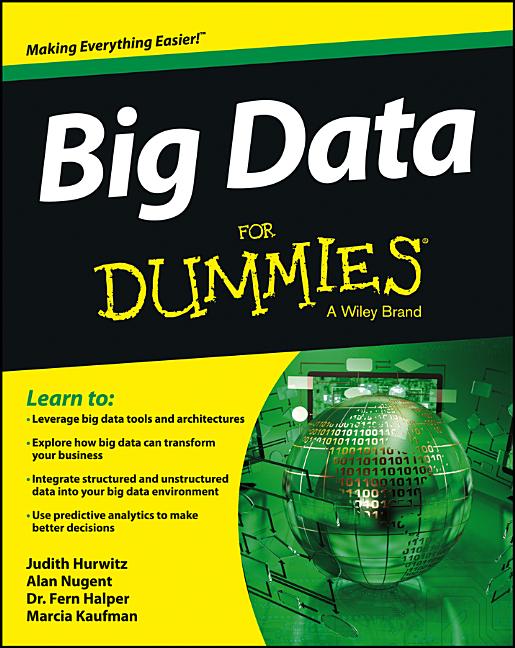
Specification
- Author: Alan Nugent
- Language: English
- Print length: 336 pages
- Publish date: 2013
Today’s Best Deals: View on Amazon
Reason To Buy
- Reference for Hadoop and big data
- Basic knowledge and some helpful considerations
- Differences between various NoSQL databases and Hadoop’s subprojects
Review
The book will be a respectable starting point if you are entirely new to the big data environment. It covers the majority of the buzzwords, some basic knowledge, and some helpful considerations for the implementation process.
The author outlines the key differences between various NoSQL databases and Hadoop’s subprojects. This book belongs in the libraries of everyone.
It is a beautiful introduction and reference for those new to Hadoop and big data. You won’t find programming or configuration references here, but you will learn about the history and applications of both conventional and contemporary data systems.
The book explains the fundamental concepts of big data. It also discusses the use of big data inside your company and quick introductions to popular technologies like MapReduce.
It offers plenty of helpful advice for practitioners and sufficient background information for beginners. There is nothing as effectively written and tailored at the correct level of learning as the writers’ concentration on fundamental concepts and methods.
It provides a solid overall summary of the subjects but doesn’t delve too deeply into them. The book could have been better overall, although it could have used a few more examples from real-world applications.
6. Big Data
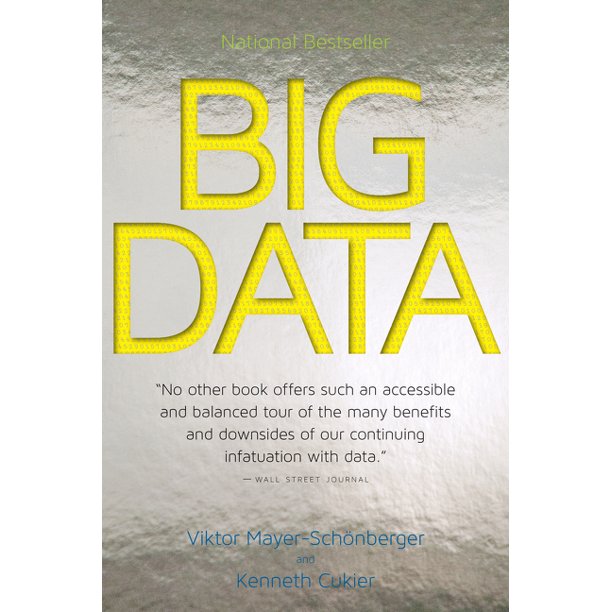
Specification
- Author: Viktor Mayer-Schönberger
- Language: English
- Print length: 272 pages
- Publish date: 2014
Today’s Best Deals: View on Amazon
Reason To Buy
- Summary of practical values of using Big Data
- How to use Big Data to predict the future
Review
The authors summarize what is being done with the enormous amount of data produced by online engagement. They go over instances of how we employ big data now.
The authors begin by pointing out that Google is a better predictor of flu outbreaks than doctors have been, utilizing its analysis of user requests. The human genome may now be codified in a small portion of the time needed when it was initially decoded.
They talk about how business owners use big data to tell clients when is the best time to purchase plane tickets. The examples serve as a valuable springboard for conversation with the reader.
Finally, the writers leave the readers with a look into the future. For example, they provide an example of how to use big data analytics to increase the capacity to locate overcrowded illegal slum homes significantly.
The writers do a fantastic job of underlining the fundamental impacts that big data has brought to society, law, and even the fundamental issue of human nature.
Overall, this book has a wealth of essential material, especially for those just starting to understand big data. But there is also a lot of notion repetition that lacks factual examples.
7. Designing Data-Intensive Applications
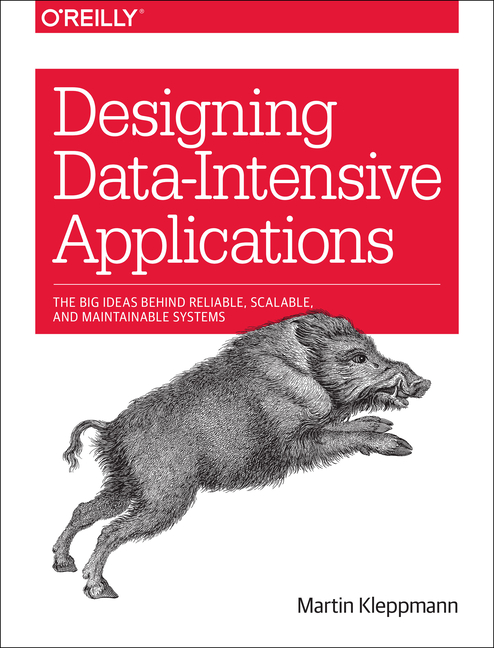
Specification
- Author: Martin Kleppmann
- Language: English
- Print length: 611 pages
- Publish date: 2017
Today’s Best Deals: View on Amazon
Reason To Buy
- Explanation of terms
- Consider potential uses of the technologies
- Guide for using different technologies in different situations
Review
Twelve chapters and three parts make up this book. With chapter 9 discussing consistency and consensus and chapter 12 concerning the future of data systems, the latter six chapters are given significant weight.
The final chapter is the most abstract. It looks at the potential uses of the technologies discussed in the first two chapters to create future dependable, scalable, and maintained applications.
The nomenclature comparisons across goods while going through terminology is a feature that I particularly value. For instance, the author points out the terminological ambiguity around partitioning in chapter 6.
Additionally, when the same language is being used across several items, which can potentially confuse, Kleppmann explains the differences between them. For instance, the author gives a fantastic 5-page explanation of what “ACID” means in chapter 7.
Even if you are an expert in this field, this book will confirm what you already know and highlight fresh approaches to handling issues. It will help you pick the appropriate technology for various use cases.
8. Big Data: Principles and Best Practices
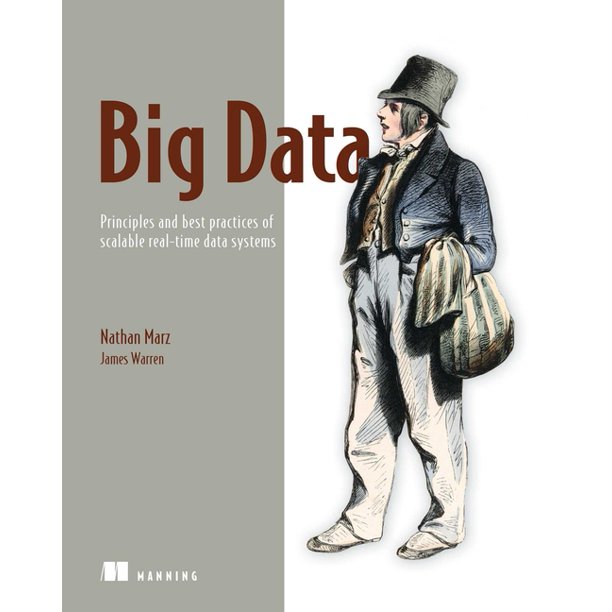
Specification
- Author: Nathan Marz
- Language: English
- Print length: 328 pages
- Publish date: 2015
Today’s Best Deals: View on Amazon
Reason To Buy
- Explain theory and application of lambda architecture
- Research of individual Lambda Architecture components
Review
This book explains well the theory and application of lambda architecture. The parts actually stand out, despite how good the practice portions are.
The first chapter’s introduction will serve as the book’s route map. The author used a straightforward online application built on an RDBMS to demonstrate how scaling becomes unattractive.
He listed several required features before suggestive Lambda architecture as an alternative to utterly incremental design. The author delves further into the justification and specifications of each of the subsequent chapters’ individual Lambda Architecture components.
The book explains why we need to implement components in a particular way, down to the byte level.
For instance, there is a ton of information explaining why having a database enables an application to access the results of the batch layer without locking.
The book’s sole drawback is the need for workable solutions because the architecture and environment are so young. Hopefully, future publications will update more new knowledge.
9. Big Data Fundamentals
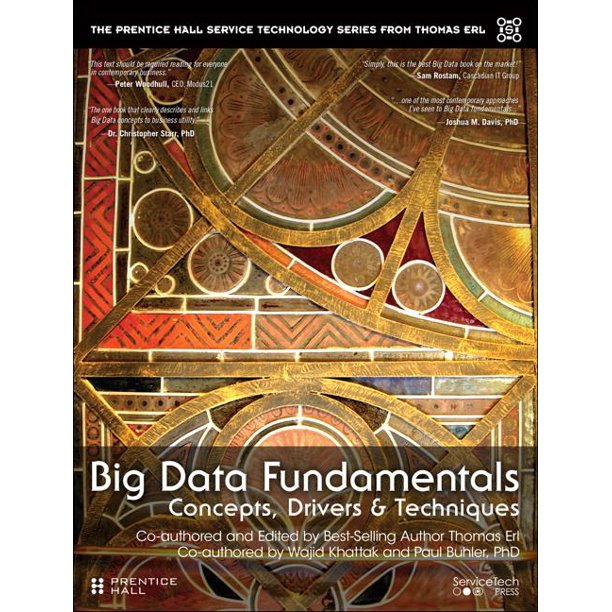
Specification
- Author: Thomas Erl
- Language: English
- Print length: 240 pages
- Publish date: 2016
Today’s Best Deals: View on Amazon
Reason To Buy
- Explaining the fundamentals of big data
- Discussing big data implementations
Review
This book is split into two sections. The first introducing significant data principles, and the second discussing big data implementations.
The first section’s terminologies confused me. There were several overly-complicated sentences in the text. However, the second section’s writing was much better and more easy-to-understand. This part provides more specific and tangible examples.
In general, this book does a respectable job of explaining the fundamentals of big data. Although it did an excellent job of covering the subject, I preferred to see the writers focus more on specific technologies rather than make the book about obtaining a Big Data certification.
10. Big Data: A Very Short Introduction
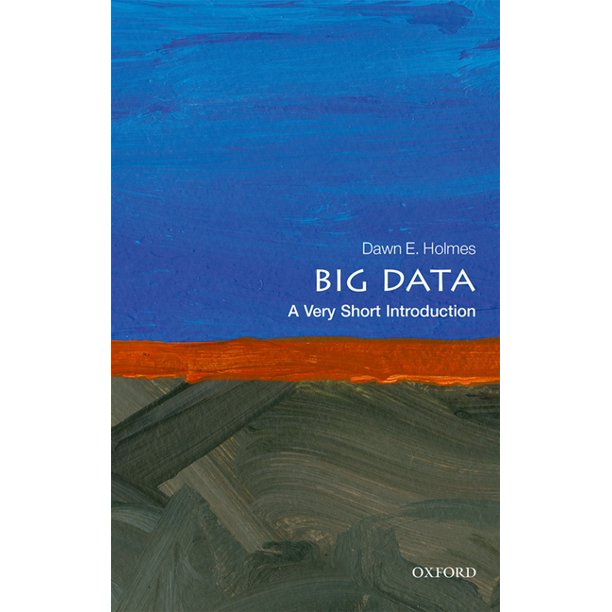
Specification
- Author: Dawn E. Holmes
- Language: English
- Print length: 144 pages
- Publish date: 2018
Today’s Best Deals: View on Amazon
Reason To Buy
- History and benefit of Big Data
- Necessary information about data science
- Simple examples for SQL and NoSQL databases
Review
The book will provide the necessary information about big data. It will be an excellent introduction if you are interested in learning about data science.
First, the author defines “data” and then briefly examines its history. After that, the author describes big data and discusses some of its unique features in chapter 2 of the book.
For example, the author examines the use of big data in credit card fraud detection. It’s an application of data clustering.
Chapter 3 covers the storage of data. Data storage requires the use of Hadoop.
The author describes and characterizes both structured and unstructured data. Simple examples are provided for SQL and NoSQL databases, and descriptions of these databases are provided.
The author’s explanation of how he compresses data was fascinating to me. This book teaches me that I may reduce data without information being lost.
The author also provides examples of MapReduce and Google’s PageRank big data analytics. Simple examples helped me better understand what was happening during the analytical process.
Because it’s a very short introduction, it takes a little time to read it. After reading over it, you’ll have a general understanding of big data and its benefits.
Buying Guide
Selecting a decent book might be a daunting endeavor. So how can we decide what is our right book? Here are some ideas to get you started.
Ask For Recommendations
You may ask your friends, family, or a library acquaintance for recommendations. Occasionally, those around you may not share your enthusiasm for reading.
Don’t worry! Online book recommendations are available. You may select a book to read from a variety of resources.
Look For Similar Books
You will likely enjoy novels that are similar to ones you have already read. You may want that particular genre, the author’s storytelling, and writing.
Look for similar recommended books on Google as well. You will likely select the book you enjoy.
FAQs
What are the three types of big data?
- Unstructured Data.
- Structured Data.
- Semi-Structured Data.
What is big data work?
“Big data” is massive, intricate data sets that come from several sources.
What are the five characteristics of big data?
Big data, a collection of information from numerous sources, is frequently characterized by five traits: volume, velocity, variety, value, and veracity.
Conclusion
Books are a human’s best friend. For this reason, most prominent data experts advise reading books to master big data.
This post has included the best big data books for professionals and beginners. The Enterprise Big Data Lake and Big Data Fundamentals will meet your needs.
